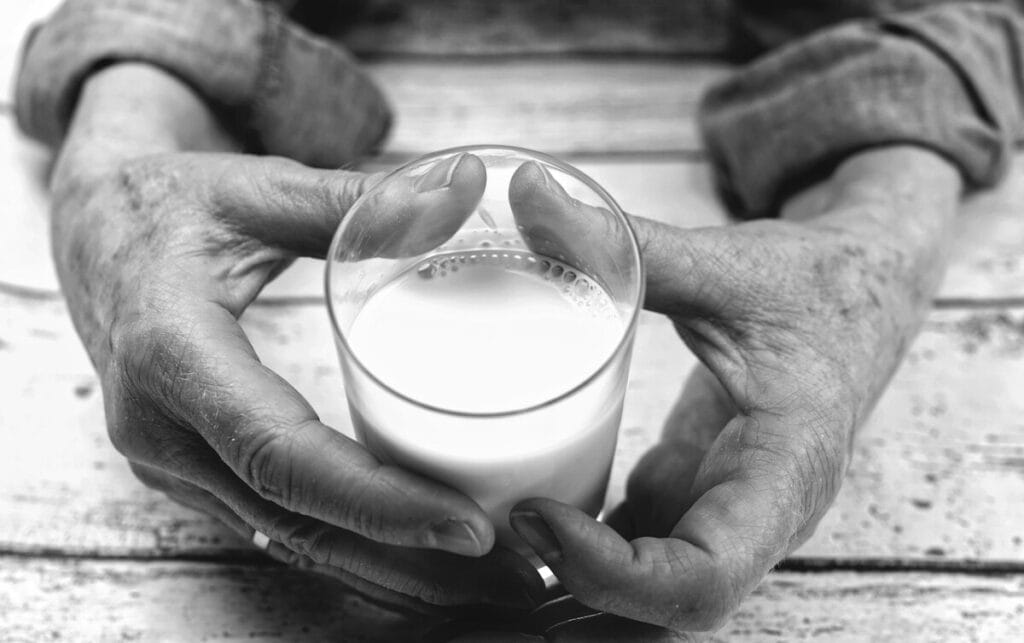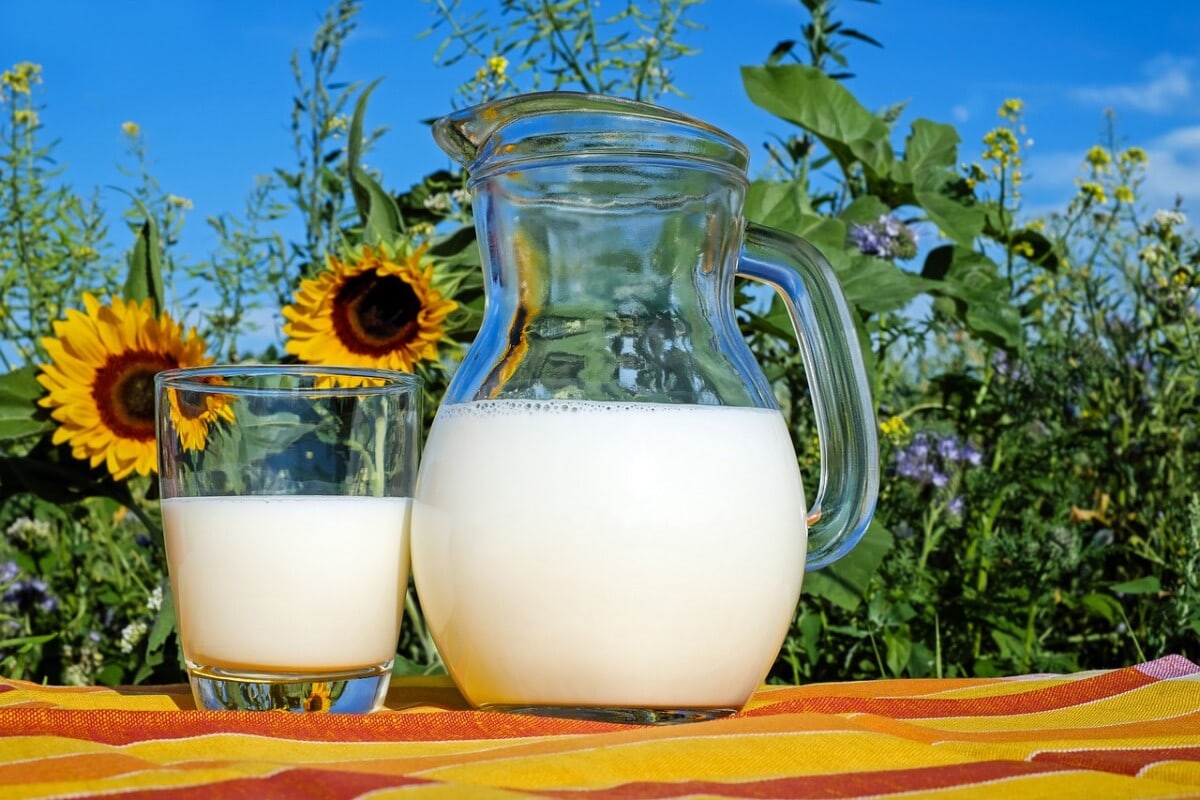Hey, loved ones! Curdled milk, also known as sour milk, has extensive health benefits. However, you can rarely find it in the store, and few people remember that you can easily and quickly make it for yourself at home.
In the past, you would simply leave raw milk straight from the cow on the kitchen counter to curdle naturally through the fermentation process. It’s hard to find unpasteurized milk, but microfiltered milk is also good for this. So I invite you to my recipe for homemade curdled milk from store milk.
Similar: homemade syrup for cough, throat and immunity
Curdled milk: is it healthy? Why is it worth drinking it?
Curdled milk, also known as sour milk, has many potential health benefits, as do other fermented dairy products. Here are some of them:
- Probiotic bacteria: curdled milk contains live cultures of probiotic bacteria, which can help maintain a healthy bacterial balance in the gut. These beneficial bacteria can improve digestion, support the immune system and prevent some intestinal health problems.
- Improved digestibility: The fermentation process that turns milk into curd may help break down lactose and other milk components, which can make them easier to digest for people who have lactose intolerance or milk digestion problems.
- Nutrient richness: Curd retains most of milk’s nutrients, such as protein, calcium, vitamins and minerals. In addition, the fermentation process can even increase the availability of certain nutrients, such as vitamins B and K.
- Improve gut health: Regular consumption of curdled milk can help improve gut health by increasing the number of beneficial gut bacteria, which can benefit digestion, nutrient absorption and overall gut health.
- Lowering blood pressure: Some studies suggest that regular consumption of fermented dairy products, including curdled milk, may help lower blood pressure, which in turn may benefit heart health.

What kind of milk to make curdled milk out of? Store milk and raw milk
Pasteurized milk, unlike raw or unpasteurized milk, often does not ferment naturally. Therefore, to make curdled milk from pasteurized milk, it is necessary to add a culture of bacteria or cream as an inoculum.
Pasteurized milk is subjected to heat treatment, which destroys most bacteria, including those responsible for the fermentation process. Therefore, the addition of active bacterial cultures (for example, natural yogurt) or cream as inoculum is necessary to start the fermentation process.
In contrast, bio milk, which is unpasteurized or may be more gently pasteurized, often contains active bacterial cultures that allow it to curdle naturally. Therefore, bio milk can curdle on its own without the need to add inoculum. However, even with bio milk, adding natural yogurt can speed up the fermentation process and help produce a more uniform and desirable curdled flavor.
Curdled milk from the store, how to make it?
Pour the milk into a pot and heat it over medium heat until it reaches a temperature of about 40-45°C. Add 2 tablespoons of natural yogurt or cream. Gently stir and cap the jar, but don’t over-tighten it. Keep on the kitchen counter until it sours.
You can make curdled milk with different types of milk, depending on your taste preferences and dietary needs. Here are some options:
- Cow’s milk: This is the most popular choice for making curdled milk. Cow’s milk is available in a variety of fats, which affects its taste and texture.
- Goat milk: Goat milk has a slightly different taste than cow’s milk, being creamier and having a slightly sweeter aftertaste. Some people may find it more easily digestible than cow’s milk.
- Sheep milk: Like goat’s milk, sheep’s milk has a richer flavor and is creamier than cow’s milk. It can be a great alternative for those looking for flavor variety.
- Plant milk: You can also use plant milks, such as soy milk, almond milk, coconut milk or others. Keep in mind, however, that plant milks may have a different texture and taste than traditional animal milk, which can affect the final taste of curdled milk.
Choose the milk that best suits your taste preferences and dietary needs, then follow the instructions for preparing curdled milk at home.
To summarize:
Keep in mind, however, that health benefits may vary depending on individual health needs and conditions. People with lactose intolerance, milk allergies or other medical conditions should consult a doctor before adding curdled milk to their diet.
